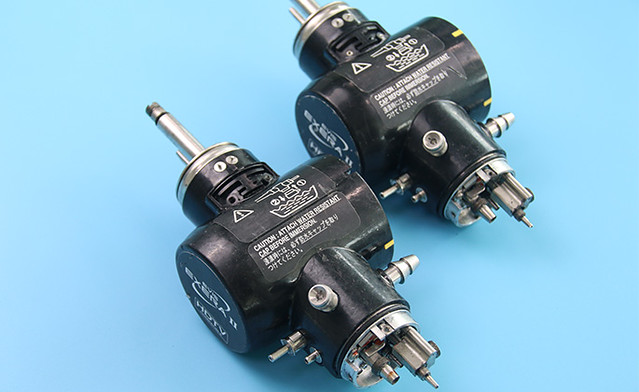Endosco endoscope insertion tube pe Insertion Tube: A Comprehensive Guide
Introduction:
In the world of medical technology, the endoscope insertion tube plays a crucial role. It is an essential component that facilitates easy and safe insertion of endoscopes into the human body. This article aims to provide in-depth information about this vital tool, including its manufacturing process, characteristics, advantages, methods of usage, selection criteria, and a conclusive summary.
Manufacturing Process:
The production of the endoscope insertion tube involves several intricate steps to ensure its precision and reliability. First and foremost, high-quality materials are carefully selected for their suitability. Most commonly used materials in endoscopic accessories clude stainless steel alloys or medical-grade plastics like polyurethane or polyethylene.
Once the material is chosen, it undergoes shaping processes like extrusion or injection molding to form the des endoscope insertion tube ired tubular structure. To make it highly flexible yet strong enough to withstand repeated use during medical procedures, reinforcement techniques such as helical windings or composite layering may be incorporated into the design.
Characteristics:
The endoscope insertion tube possesses several notable characteristics that contribute to its effectiveness in clinical settings:
1. Flexibility: The tube’s flexibility enables it to navigate through complex anatomical structures without causing discomfort to patients.
2. Durability: With advancements Tube for inserting endoscope in material science and engineering techniques, modern tubing exhibits exceptional durability ensuring prolonged usage life.
3. Compatibility: The insertion tubes are designed in various diameters and lengths to accommodate different types of endoscopic instruments available on the market.
4. Optimum Light Guide Capability: Endoscopes require illumination for enhanced visibility during procedures; therefore light guide bundles integrated within these tubes transmit light effectively throughout their length.
5.Excellent Fluid Management: Many advanced designs incorporate channels along with lumens dedicated for efficient fluid flow management during surgical interventions.
Advantages:
Using an appropriate endoscope insertion tube provides significant benefits Endoscopic probe tubing both for healthcare providers and patients alike:
1.Improved Accuracy: The proper insertion tube enables precise localization of the endoscope insertion tube endoscope, enhancing diagnostic accuracy.
2. Enhanced Patient Comfort: The design features ensure a minimized risk of injury or discomfort during the procedure.
3. Time Efficiency: Endoscopists can perform procedures more efficiently due to the smooth insertion and easy maneuverability provided by these tubes.
Usage methods:
The usage method of endoscope insertion tubes varies depending on the specific medical procedure being conducted. However, there are general guidelines that healthcare professionals follow:
1. Thoroughly clean and disinfect the tube before each use according to established protocols.
2.Ensure proper lubrication to facilitate ease of entry into body cavities with reduced frictional resistance.
3.Adhere to sterile endoscope insertion tube technique throughout the process by using gloves, masks, and other necessary precautions.
4.Educate patients about potential Endoscope insertion tube sensations they might experience during the procedure for their better cooperation.
Selecting an Endoscope Insertion Tube:
When choosing an appropriate endoscope insertion tube, several factors should be considered:
1.Compatibility: Ensure compatibility between the chosen tube and available endoscopic instruments in terms of diameter, length, connection type (rigid vs flexible), etc. endoscope insertion tube
2.Material Selection: Consider patient-specific requirements like allergies or sensitivity towards certain materials used in tubing manufacturing processes.
3.Manufacturer’s Reputation: Opt for reputable manufacturers known for adhering to quality standards and regulatory compliance.
Conclusion:
The importance of an excellent quality endoscope insertion tube cannot be overemphasized when it comes to successful medical diagnosis and treatment procedures involving endoscopy. Their reliable performance ensures improved patient outcomes

while also facilitating physicians’ expertise. By understanding its manufacturing process, unique characteristics including light guide bundles as well as weighing advantages against criteria in selecting appropriate options; healthcare providers can enhance their efficiency significantly in this critical domain.
Choose wisely – choose excellence!
